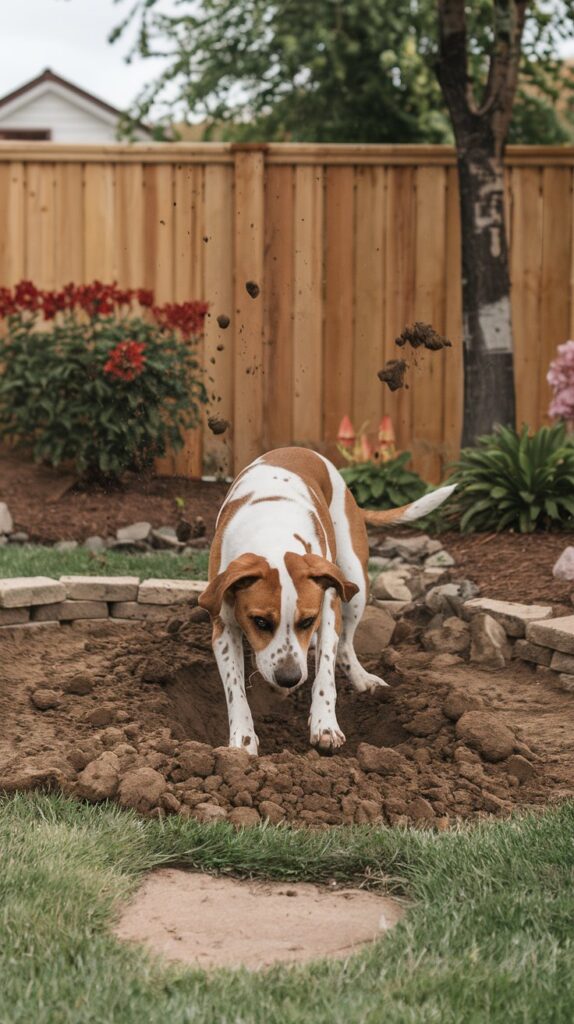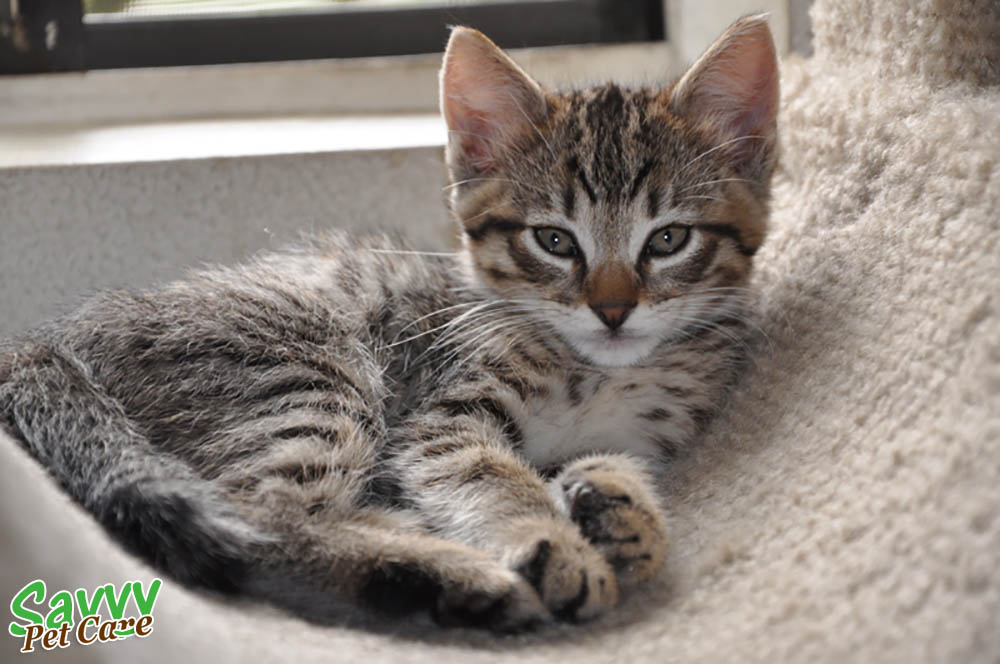Boredom isn’t just a human problem—our pets can feel it too! When animals don’t get enough mental or physical stimulation, they can develop destructive behaviors, anxiety, and even health problems. Here are the top 10 signs your pet might be bored, along with practical solutions to help them stay happy and healthy.
1. Destructive Behavior
- Signs: Chewing furniture, scratching doors, ripping up cushions, or shredding papers.
- Why It Happens: Pets need an outlet for their energy. Without proper stimulation, they’ll find their own (usually destructive) ways to entertain themselves.
- Fix It: Provide engaging toys (e.g., treat-dispensing puzzles for dogs or interactive wands for cats) and plenty of exercise. Rotate toys weekly to keep things fresh.
2. Excessive Barking or Meowing
- Signs: Barking or meowing at everything that moves, especially when you’re not home.
- Why It Happens: Vocalization can be a sign of loneliness or pent-up energy.
- Fix It: Schedule regular play sessions and leave interactive toys like a motion-activated laser for cats or a Kong stuffed with treats for dogs.
3. Overeating or Lack of Appetite
- Signs: Eating excessively out of boredom or ignoring meals altogether.
- Why It Happens: Boredom can lead to comfort eating, just like with humans. Alternatively, some pets lose interest in food when bored.
- Fix It: Establish a feeding schedule and use food puzzles to make meals more engaging. Slow feeders work well for dogs, while cats enjoy hunting-style feeding toys.
4. Obsessive Licking or Grooming
- Signs: Constantly licking paws, fur, or even objects around the house.
- Why It Happens: Pets may develop obsessive behaviors when they lack stimulation or feel stressed.
- Fix It: Offer calming activities like a gentle massage or mental stimulation with brain-training games. Check for underlying medical issues if the behavior persists.
5. Chasing Their Tail or Other Repetitive Movements
- Signs: Running in circles, chasing their tail, or pacing back and forth.
- Why It Happens: These behaviors are often stress responses to boredom or confinement.
- Fix It: Take your dog for daily walks and provide cats with vertical climbing spaces. Enrich their environment with things like tunnels, perches, and hideaways.
6. Sleeping More Than Usual
- Signs: Sleeping for long periods during the day, even for active breeds.
- Why It Happens: When pets have nothing to do, they’ll resort to sleeping.
- Fix It: Encourage activity by scheduling playtime, introducing new toys, and setting up activities like fetch or interactive play.
7. Digging or Scratching Floors
- Signs: Dogs digging holes in the yard or cats scratching carpets or furniture excessively.
- Why It Happens: Digging and scratching are natural behaviors that escalate when pets are bored.
- Fix It: Provide designated scratching posts for cats and dig boxes for dogs. Reward them for using these outlets instead of scolding them.
8. Attention-Seeking Behavior
- Signs: Climbing onto you, pawing, nudging, or whining constantly for attention.
- Why It Happens: Your pet craves interaction and stimulation.
- Fix It: Set aside dedicated time each day for one-on-one interaction. Simple activities like petting, grooming, or playing can go a long way.
9. Escaping or Wandering Off
- Signs: Attempting to escape through doors, fences, or windows.
- Why It Happens: Pets may be seeking adventure due to lack of stimulation at home.
- Fix It: Ensure they get enough physical exercise and mental challenges. For dogs, long walks and agility courses can help, while cats benefit from outdoor enclosures.
10. Aggression Toward Other Pets or People
- Signs: Snapping, biting, hissing, or growling more often than usual.
- Why It Happens: Boredom can lead to frustration, which pets may express through aggression.
- Fix It: Socialization, mental stimulation, and proper training are key. Interactive games and puzzle toys can redirect their energy in a positive way.
Final Tips
- Routine Is Key: Maintain a consistent schedule of playtime, feeding, and walks.
- Switch Things Up: Rotate toys and activities regularly to keep your pet engaged.
- Consider a Companion: If possible, having another pet may help provide constant stimulation and companionship.
Final Thoughts on the Signs that Your Pet is Bored
Keeping your pet entertained and mentally stimulated is one of the most important parts of being a responsible pet parent. By paying attention to these signs showing your pet is bored and taking proactive steps to address them, you can prevent many behavioral problems and ensure your pet lives a happy, healthy life.
Try incorporating new activities, toys, and routines to see what works best for your furry friend. Whether it’s a new puzzle toy, an extra walk, or simply more quality time together, small changes can make a big difference.
We’d love to hear how you keep your pets engaged! Share your favorite boredom-busting tips in the comments section below, or connect with us on social media. Don’t forget to sign up for our newsletter to get more pet care tips, product recommendations, and updates straight to your inbox!



























